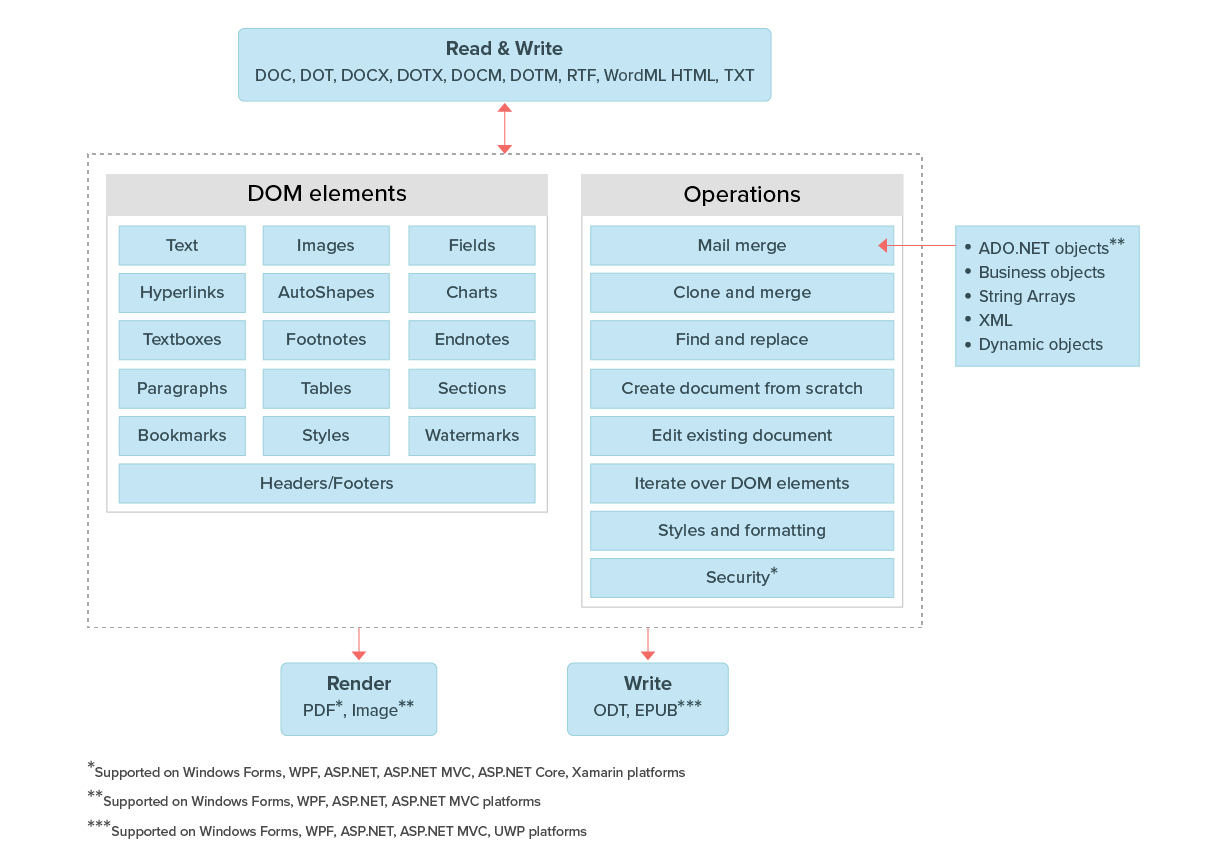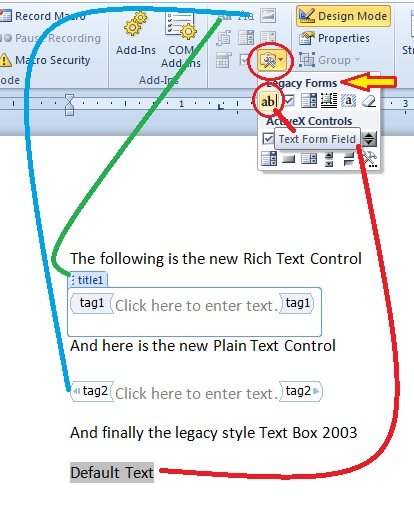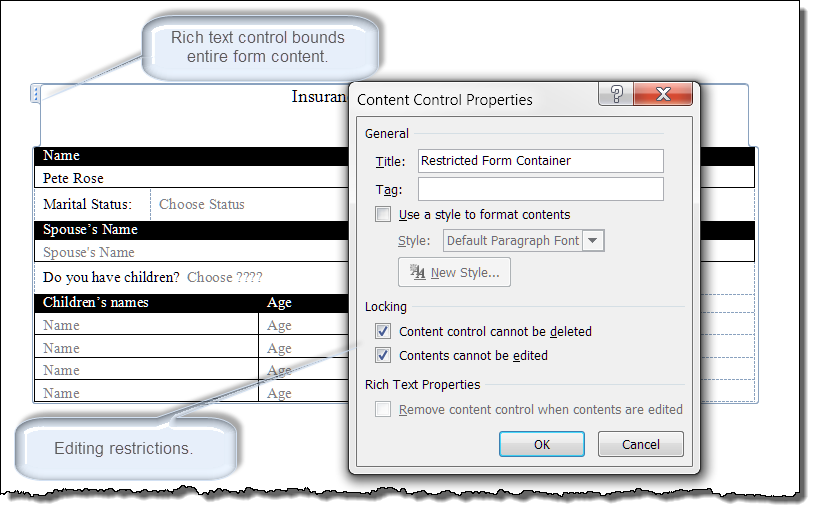

Select the file variable associated with the stored file.įor example, select the variable for the new Box file that started the workflow or select the variable storing Multiple file attachments output from a task action.
 In this field, do one of the following:. Find the field where you want to reference the stored file. This location is used for uploaded files and for files stored as output from actions. Note: Your tenancy's default file storage location must be configured to hold files for later reference by the workflow. See Connectors and Workflow actions.įor example, reference the new Box file that started the workflow to attach it to a task email notification or reference an image received by the task assignee to generate an invoice document. If available, use the folder browse icon on the right of the path field to navigate to the folder and any subfolders that you want, and then edit the path as desired to include variables and different text.Īvailability of variable or path options for storing files varies by action. You can use any combination of text and variables, beginning with the root folder.
In this field, do one of the following:. Find the field where you want to reference the stored file. This location is used for uploaded files and for files stored as output from actions. Note: Your tenancy's default file storage location must be configured to hold files for later reference by the workflow. See Connectors and Workflow actions.įor example, reference the new Box file that started the workflow to attach it to a task email notification or reference an image received by the task assignee to generate an invoice document. If available, use the folder browse icon on the right of the path field to navigate to the folder and any subfolders that you want, and then edit the path as desired to include variables and different text.Īvailability of variable or path options for storing files varies by action. You can use any combination of text and variables, beginning with the root folder. 
For output storing a single file, select a file variable.
In the output field, do one of the following:įor output storing multiple files, select a collection variable. On the design canvas, click the action you want to configure.įind the output field for storing the file or set of files.įor example, to store attachments received in task assignee email replies when they may attach multiple files, use the Assign a task Multiple file attachments option for the Store output field. Rich Text data is displayed as plain text in the output of the Generate Document action.įor example, store any email attachments received by the task assignee. This includes any variables and Rich Text fields created in a Start form. 
Note: The Generate Document action does not support Rich Text. You can also use the Generate document action to create a dynamic content in your document template and repeat rows, tables, or sections of data from a collection variable. You can even configure the Generate document action to create image tags and then insert those image tags into the templates used for outputting your documents. that you select, and creates one or more finished documents based on your configuration: templates from file variables A variable representing a single file. For information about where your data center is located, contact you Nintex account manager. Nintex has a number of regional data centers available for Nintex Workflow Cloud. The Generate document action retrieves placeholder- tagged Centralized locations used to house servers used by Nintex for remote storage, processing, or distribution of data. to generate template-based documents that include variables and images from your workflow. Use the Generate document action A tool for building the processes, logic, and direction within workflows.








 0 kommentar(er)
0 kommentar(er)
